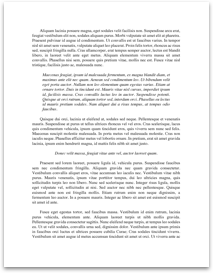Lab 2 : Chemistry of Life
Submitted by: Submitted by javonnelson50
Views: 89
Words: 800
Pages: 4
Category: Science and Technology
Date Submitted: 03/23/2015 08:13 PM
UMUC Biology 102/103
Lab 2: The Chemistry of Life
INSTRUCTIONS:
On your own and without assistance, complete this Lab 2 Answer Sheet electronically and submit it via the Assignments Folder by the date listed in the Course Schedule (under Syllabus).
To conduct your laboratory exercises, use the Laboratory Manual located under Course Content. Read the introduction and the directions for each exercise/experiment carefully before completing the exercises/experiments and answering the questions.
Save your Lab 2 Answer Sheet in the following format: LastName_Lab2 (e.g., Smith_Lab2).
You should submit your document as a Word (.doc or .docx) or Rich Text Format (.rtf) file for best compatibility.
Pre-Lab Questions
1. Nitrogen fixation is a natural process by which inert or unreactive forms of nitrogen are transformed into usable nitrogen. Why is this process important to life?
Nitrogen fixation, natural and synthetic, is crucial for all forms of life because nitrogen is required to biosynthesize basic building blocks of plants, animals and other life forms of life. Farmers rely on nitrogen fixation for agriculture and the manufacture of fertilizer. It is also an important process in the manufacture of explosives. Nitrogen fixation occurs naturally in the air by means of lightning. Nitrogen fixation also refers to other biological conversions of nitrogen.
2. Given when you have learned about the hydrogen bonding shared between nucleic acids in DNA, which pair is more stable under increasing heat: adenine and thymine, or cytosine and guanine? Explain why.
(A and T pair up and C and G pair up) Cytosine (C) and guanine (G) are more stable under increasing heat because C and G have three hydrogen bonds where Adenine (A) and Thymine (T) have only two hydrogen bonds. The more hydrogen bonds there is, the more stable the nucleotides are. Greater bond stability requires more heat energy to...
